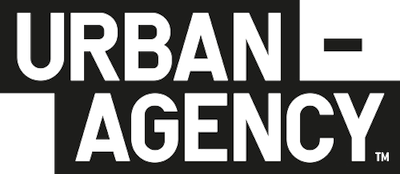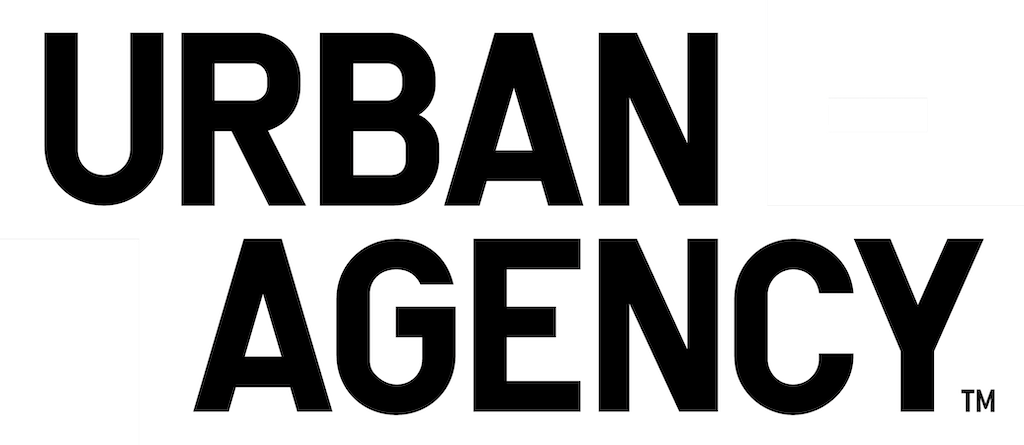THYSSEN-KRUPP
EHRENFLED MIXTURE + INDUSTRIAL HERITAGE
The master plan for the Thyssen-Krupp district has been meticulously crafted to seamlessly blend into the existing urban landscape while also respecting the architectural framework of the industrial hall on-site. Simultaneously, the forward-looking vision aims to foster enhanced connectivity with the surrounding environment and cultivate more open public spaces tailored to human interaction. Consequently, the new campus has sought to strike a harmonious balance between the industrial past and innovation, leveraging the established scale and character of the Ehrenfled area to cultivate a more vibrant and interconnected community.
The new identity for the urban development first and foremost grows out of the history of the site and the initiative to keep the memory of the old hall alive. In addition to preserving the existing administration building, the orthogonal grid of the old hall has been used to structure the new buildings and the open space of the entire site. A new multipurpose hall is placed centrally in the old industrial structure becoming a main attraction and living anchor of the campus. From market halls, to performance spaces and Christmas markets, the hall functions breathe new life into the industrial heritage. On either side, office buildings with active ground floors are woven into the existing hall’s structure, spaced in increments according to the structural grid. Where there is no building, an open roof structure covered with greenery span the spaces, creating a multitude of intimate courtyard-like areas, providing easily accessible break and gathering areas for the office employees. In front of the point houses, and on both sides of the preserved administration building, new building volumes are added, delineating the perimeter of both the site and adjacent street while simultaneously, and with sensitivity, framing the historical building on site. The final architectural addition is a tower constructed on the smaller western site across the road where the nearby railway creates an ideal location for vertical densification. The hotel tower has been considered for shading and carefully sculpted with different heights to create a unique icon for the area. Overall, the diverse architecture and open space structure creates a lively social meeting space that invites appropriation and promotes the development of community.
Framed by the architecture on site is a central green area at the heart of the site. Characterized by an undulating terrain and varied planting, the central area functions as both a rainwater retention area as well as an area for recreation. Accordingly, rainwater becomes a resource to be celebrated rather than feared, contributing to the creation of an enjoyable microclimate throughout the year. Lush and wild plantings are central to the overall landscape which have been selected to allow life throughout all seasons. The planting strategy is based on native and climate-resilient shrubs, bushes and trees establishing attractive habitats for birds and insects. In order to create the highest quality ecosystem, under-planting and uprooted trees are used which create more dynamic and welcoming habitats. The distribution of moist zones, shaded areas and low-maintenance planting realizes a vision for the new development that has both hospitable and adaptable indoor and outdoor spaces that will serve the community over time and benefit the entire area.
The urban development of the area has also been taken into consideration in the redesign of the site. Focus has been placed on soft road users and thus two-sided cycle paths and sidewalks have been created surrounding the site. Bicycle parking is provided both above and below ground, close to entrances. The entire site is car-free, prioritizing pedestrian connections between buildings and under the old roof structure. Underground parking is provided from Oskar-Jäger-Straße and is accessible from all buildings.
In order to create a sustainable and future-oriented district, the planning of this new district has taken into careful consideration the distribution of built and open space. Greenery is implemented to reduce the heat effect and fine dust pollen while creating shaded connective spaces between the point building blocks. In addition to on-the-ground planting, roofs and terraces introduce intensive and extensive green surfaces that contribute to the overall cooling of the area. Furthermore, the use of sealed surfaces is restricted to areas of vehicle traffic, otherwise, porous pavings are used throughout, allowing for the seepage of rainwater and protection against flooding. The central green space is designed with the capacity to take runoff rainwater from surfaces and roofs and has no parking below, allowing higher amounts of water to filter into the earth or be retained and evaporate.
The design of the future Thyssen-Krupp campus has also been focused on the reduction of CO2 in the construction process. This has enforced the reuse of the old hall structure across the site and the preservation of buildings where possible. The vision for the new buildings is that they should be designed to be as recyclable as possible, both in terms of their elements and materials. The integration of modular and easy to remove components will also allow for repairs to be effortless and ensure a longer lifespan for the entire district.
Program: Masterplan
Size: 22,000 sqm
Location: Cologne Ehrenfled
Client: SORAVIA
Collaborators: Krydsfelt
Type: Competition
Team: Henning Stüben, Heechan Park, Charlotte Klein, Kristen Van Haeren, Jieun Kim, Luis Manovel, Minjae Kwon, Andrea Ventura, Lea Bartels, Borja Santurino



